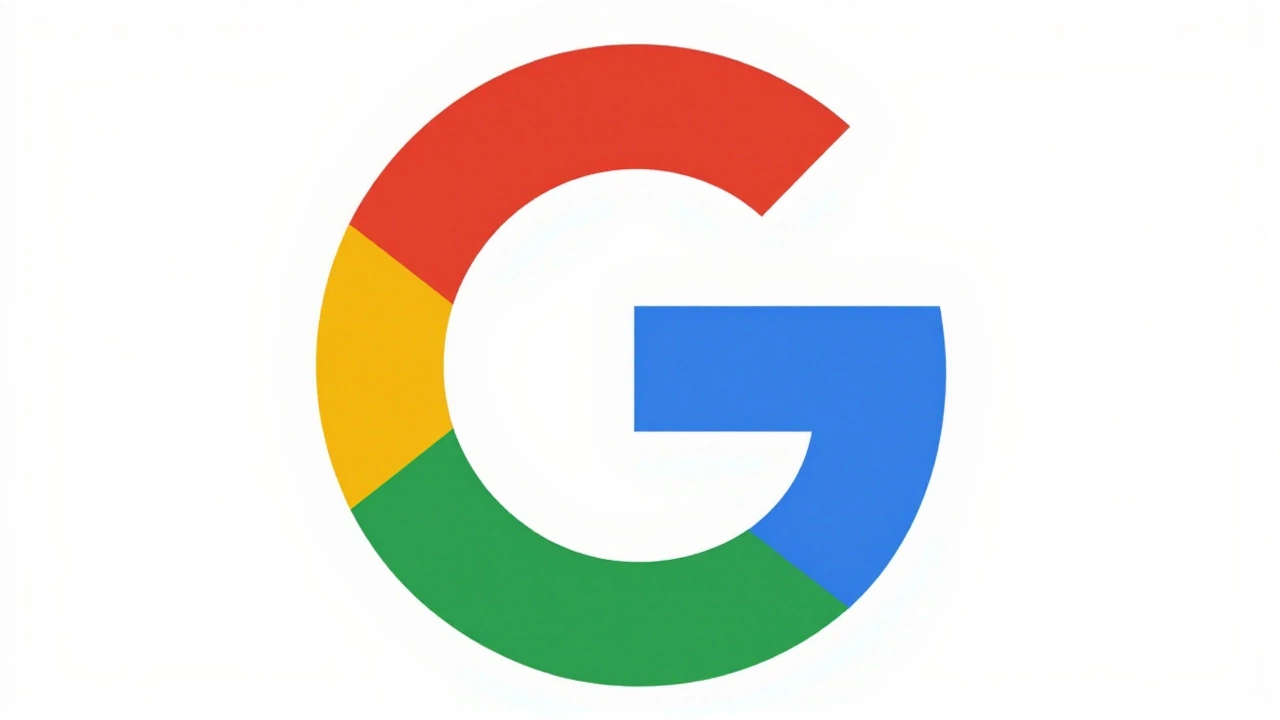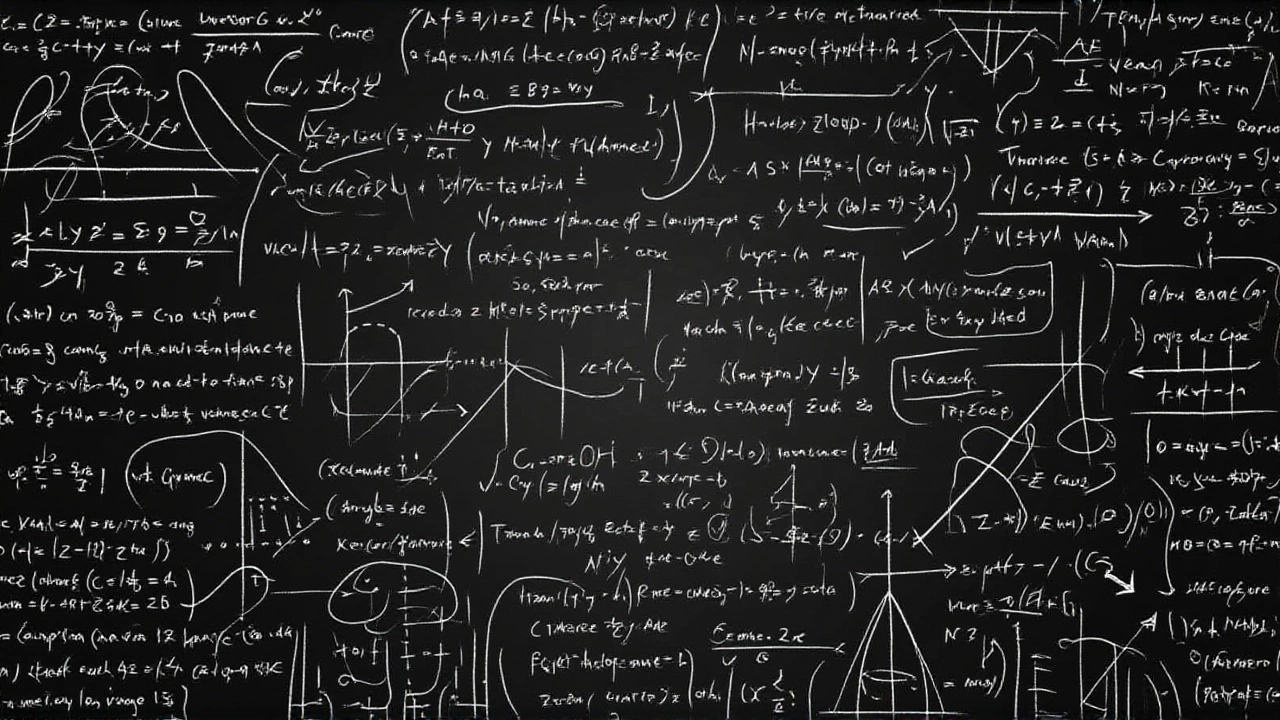On November 21, 2024, Google DeepMind and Google.org unveiled the AI for Math Initiativeglobal—a bold, coordinated effort to transform how mathematics is done. The initiative isn’t just about faster calculations. It’s about redefining discovery. By uniting five elite research institutions—Imperial College London, the Institute for Advanced Study in Princeton, Institut des Hautes Études Scientifiques (IHES) in France, the Simons Institute for the Theory of Computing at UC Berkeley, and the Tata Institute of Fundamental Research in Mumbai—Google DeepMind is betting that AI won’t replace mathematicians. It’ll make them superhuman.
How AI Just Crushed the Math Olympiad
The proof is in the paper. An enhanced version of Gemini Deep Think, Google’s new reasoning engine, recently scored 35 out of 42 points at the International Mathematical OlympiadRio de Janeiro, solving five of six problems perfectly. That’s gold-medal territory. Last year, Google’s combined AlphaProof and AlphaGeometry 2 systems managed 28 points—silver. This year? A 25% jump. And it wasn’t luck. The system didn’t memorize solutions. It was trained on structured proof libraries like Lean and HOL Light, using reinforcement learning techniques that mimic how human mathematicians think: step-by-step, with intuition, with dead ends, with retries.
Here’s the thing: the IMO isn’t a test of speed. It’s a test of creativity under pressure. To solve even one problem requires spotting hidden patterns, constructing novel arguments, and avoiding traps. For an AI to do this consistently? That’s a paradigm shift.
AlphaEvolve: The AI That Invented a Better Way to Multiply Matrices
But the real magic isn’t in competition scores. It’s in the lab.
AlphaEvolve—an AI agent designed to discover new algorithms—has now tackled over 50 open problems in combinatorics, number theory, and geometry. It improved existing solutions in exactly 20% of them. One result? A brand-new method for matrix multiplication. Not a tweak. Not a speedup. A fundamentally different approach that reduces computational steps. This matters because matrix multiplication underpins everything from weather forecasting to neural networks. If you can make it faster, you accelerate science across the board.
"It didn’t just find a better path," says Dr. Lisa Kaltenegger, an astrophysicist and early tester. "It found a path no human had even considered. That’s the terrifying, thrilling part."

The Feedback Loop: From Theory to Tool and Back Again
The initiative isn’t a one-way street. Google DeepMind isn’t just handing out tools. It’s building a feedback loop.
Mathematicians at University of Cambridge, led by Professors Jamie Vicary and Pietro Liò, are already using the system to explore new neural network architectures grounded in category theory and sheaf theory—abstract branches of math that could one day make AI more interpretable, less brittle. Their project, "New Categorical and Topological Foundations for AI and Machine Learning," is among the first funded by the AI for Math Fund.
"We’re not training AI to solve problems we already know," says Pushmeet Kohli, Vice President of Science at Google DeepMind. "We’re training it to ask questions we haven’t thought to ask."
Who Gets Access? And When?
These tools aren’t locked behind a paywall. Not yet.
Before rolling out Deep Think to Google AI Ultra subscribers, Google will give early access to a curated group of professional mathematicians—those who can stress-test the systems, spot biases, and flag where the AI goes off the rails. Open APIs will let researchers worldwide fine-tune the models, even if they don’t have access to a supercomputer. That’s critical. Math isn’t just done at elite universities. It’s done in small labs, in developing nations, in places where computing power is scarce.
"This could democratize discovery," says one anonymous researcher at a university in Kenya who tested a prototype. "I used to wait months for feedback on a conjecture. Now, I get a response in hours."

What’s Next? The Unanswered Questions
There’s a tension here. AI is getting astonishingly good at proving theorems. But can it prove the *right* ones? Can it distinguish between elegant, meaningful results and technically correct but trivial ones? And what happens when an AI proves a conjecture no one understands—even the mathematicians who built it?
"We’re entering uncharted territory," says Institute for Advanced Study’s director. "We’ve always relied on human intuition to guide us. Now, the machine is guiding us. We need new ways to judge its insights."
The AI for Math Initiative is already producing papers. One, titled "Reinforced Generation of Combinatorial Structures: Applications to Complexity Theory," shows how AlphaEvolve can generate structures that push the boundaries of what we thought possible in theoretical computer science. These aren’t just optimizations. They’re new mathematical objects.
Imagine: a decade from now, a student opens a textbook and finds a theorem labeled "AI-Discovered, 2026." Not a footnote. Not a side note. A central result.
That’s not science fiction. It’s the next chapter.
Frequently Asked Questions
How did Google DeepMind’s AI improve so quickly from silver to gold at the IMO?
The leap came from training Gemini Deep Think on multi-step reasoning datasets from Lean and HOL Light, not just problem-answer pairs. Unlike earlier models that relied on pattern recognition, Deep Think was taught to simulate human proof strategies—trial, error, abstraction, and backtracking. It also received curated hints for IMO-style problems, which helped it navigate the unique logic of competition math. The result? A system that doesn’t guess—it constructs.
What’s the real-world impact of AlphaEvolve’s new matrix multiplication method?
Matrix multiplication is used in everything from rendering graphics to training AI models. The new method reduces the number of operations needed, which means faster computations and lower energy use. For companies running large-scale AI training, this could cut cloud costs by 5–10% annually. More importantly, it proves AI can discover fundamentally new algorithms—not just optimize existing ones.
Are these AI tools available to the public?
Not yet. Google is first testing Deep Think with trusted mathematicians and select research labs. But open APIs are being rolled out to allow researchers worldwide to fine-tune the models using their own datasets. Institutions without massive computing resources can now participate—something unprecedented in high-level mathematical AI research.
Could AI replace human mathematicians?
No—and that’s the point. AI doesn’t replace intuition, curiosity, or the ability to ask profound questions. It handles the heavy lifting: checking proofs, exploring millions of combinations, spotting hidden symmetries. Human mathematicians still choose which problems matter, interpret the results, and connect them to broader theories. The best outcomes come from collaboration, not competition.
Why partner with institutions outside the U.S.?
Mathematics thrives on diverse perspectives. The Tata Institute of Fundamental Research in Mumbai and IHES in France bring unique traditions in algebra and topology. By including global voices, Google avoids cultural bias in problem selection and ensures the AI learns from the full spectrum of mathematical thought—not just Western approaches.
What’s the long-term goal of the AI for Math Initiative?
To create a self-reinforcing cycle: AI helps mathematicians solve hard problems, those solutions feed back into training better AI, which then tackles even deeper conjectures. The ultimate aim? To accelerate the discovery of foundational mathematical truths that could unlock breakthroughs in physics, cryptography, and AI itself—turning abstract math into the engine of future innovation.





